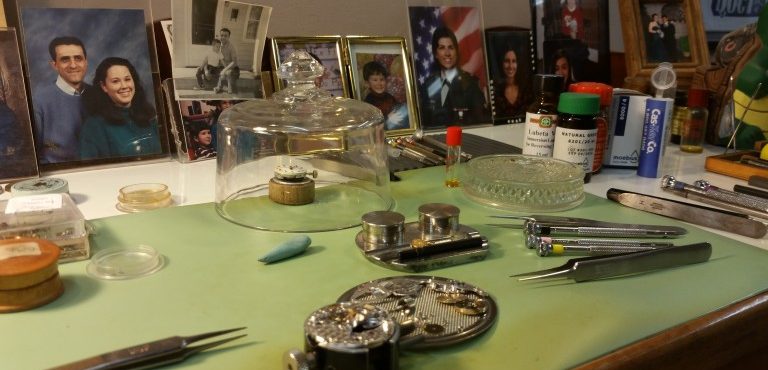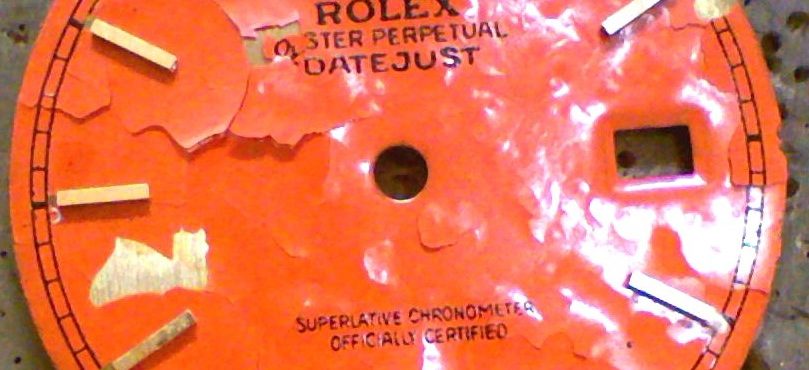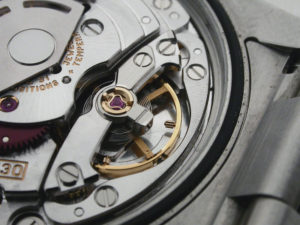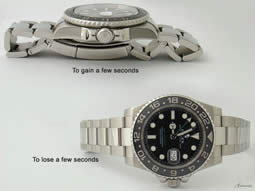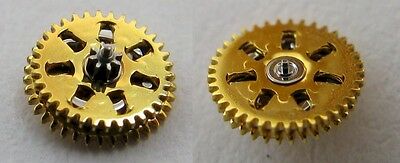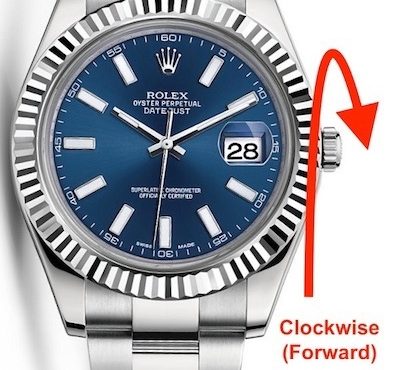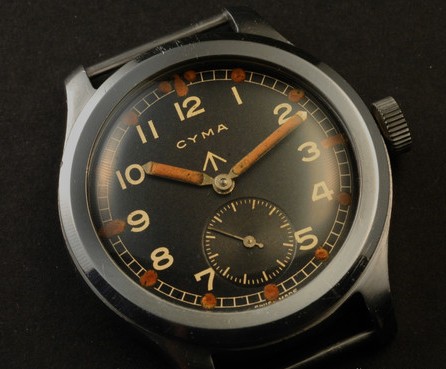I’ve always had a number of customers ask me several questions about watch repair. That expands to how I do my job, what tools I use and why I do the things I do. I thought it would be good to show some behind-the-scenes information on where you’re sending your watch for a repair. Bench My workbench is 42 inches tall, 40 inches wide and 17 inches deep. This is.. Read More
Watch myth part 3: Water resistance
As we start the month of April, it is the time of year when the weather is getting warmer and people are going outside again. Everyone is going on vacations, swimming in the pool or washing the car. At the watch shop, it is “wet watch season.” This week we are going to go over the “myth of water resistance.” This is a topic that I’ve covered many times, but.. Read More
How to: Replace an oscillating weight axle
Next up in our series of “How to” blogs, we look this week at how to replace an oscillating weight axle. An oscillating weight axle is the small pinion that supports the oscillating weight in an automatic watch. The weight rotates with the motion of your wrist and the axle supports the weight and is normally held in place with a jewel. If you drop or bump your watch very.. Read More
How to: Put a watch in beat
Over the next couple of weeks, we are going to bring customers and readers “behind the curtain.” We’re going to show you how things work, why they work and why we do the things we do while repairing watches. This week, we are going to look at how to put a watch in beat. With the power released, if the watch is in beat the pallet fork will be centered.. Read More
Watch myths, part 2: Watches and windmills
This week we are going to go over the myth of how the power reserve on an automatic watch works. Is the power reserve that I read about on the internet correct? The 38-40 plus hour power reserve that you read about in chat rooms or in other places on the internet is often misleading. The power reserve on an automatic watch is going to depend on the quality of.. Read More
Some Myths About Watches, Part I
This blog post may be controversial, but it is from my humble opinion from my experience as a watchmaker for the past 44 years and after repairing about 30,000 watches. If someone can give me a valid scientific explanation of why I am wrong, I would be glad to hear it. I was asked a question recently about the idea that if you lay your Rolex on a counter, stem.. Read More
Problematic Watch Parts that Always Break
In the course of a week, a large variety of watches can come into the shop all with their own unique problems. However, some of the same problems often occur. Let’s take a look at some of the most problematic watch parts that seem to be breaking constantly. Offset Cannon Pinion I have never understood the idea of the offset cannon pinion. A standard cannon pinion works great and has.. Read More
How to Repair a Rolex Submariner Buckle
I have been asked many times if I could repair a flip over deployment clasp on a Rolex band. Until recently, I was not able to make this repair. I just found the needed pin assembly from one of my suppliers to finally solve this problem. I have shown below some before and after pictures of this clasp and the pin that needs to be replaced. If anyone needs this.. Read More
How to Set Your Rolex Watch
In this blog space, we normally look at interesting watches or take a deep dive at some of the intricacies of different watches. This week, we’re going to keep it simple. We’re going to talk about the proper way to set wind and set a Rolex watch, with some helpful step-by-step instructions. To start the process, first remove the watch from your wrist. Do not wear your watch while you.. Read More
Glowing Watches and “The Radium Girls”
Many old vintage watches—especially military watches—have gold or white-ish colored paint on their hands or the numbers on their dials. This paint could potentially be made of a phosphorescent compound mixed with radium. This compound would cause the hands/numbers to glow in the dark. This type of mixture was often chosen over others because of the superiority of its glow and longevity. Unlike any other glow-in-the-dark paints, the radium-mixed paint.. Read More

